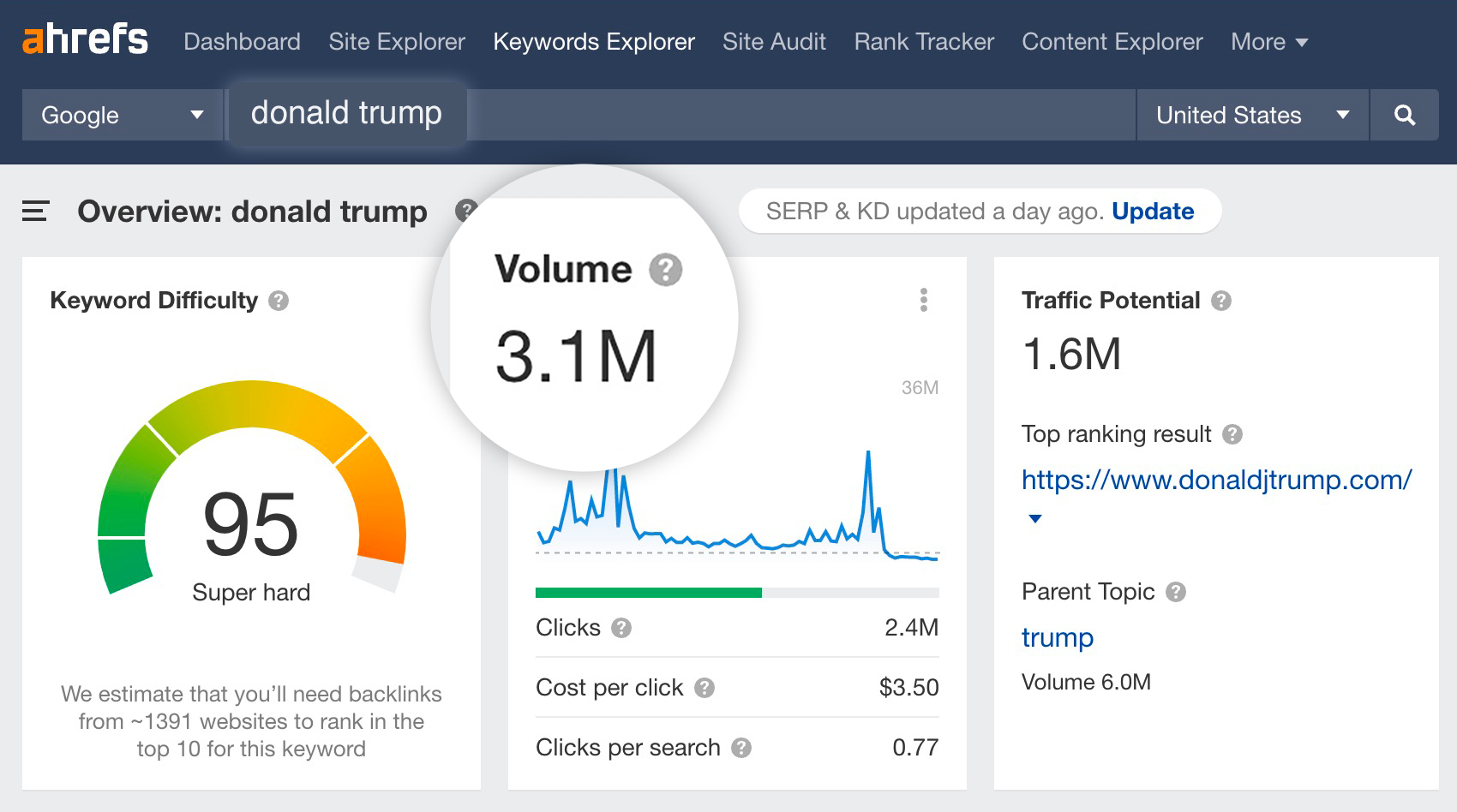 Guide on Successfully Implementing a Comprehensive Full-Funnel PPC Marketing Strategy
Guide on Successfully Implementing a Comprehensive Full-Funnel PPC Marketing Strategy
A full-funnel PPC marketing strategy is essential for businesses looking to maximize their online advertising efforts. However, understanding how to implement this strategy can be a challenge. In this article, we will guide you step-by-step through the marketing funnel, providing tactical recommendations on how to build your PPC strategy and measure success.
To illustrate these recommendations, let’s take a look at the hot tub industry and break down each section into three parts: keyword research, ad creation, and landing page optimization.
Awareness Stage
At the top of the funnel, we have the awareness stage. This is when consumers haven’t yet entered the market for your product or identified a problem that needs solving. The goal of awareness campaigns is to make customers aware of your brand so that when they eventually enter the market, you have an advantage due to brand recognition.
Keyword research plays a crucial role in this stage. Identify informational keywords that align with your brand’s offerings and your target audience’s interests. Use tools like Google’s Keyword Planner to develop a list of keywords with a decent search volume. Some examples of search queries in the awareness phase for the hot tub industry include “Are hot tubs good for you?” and “How much are hot tubs?”
When it comes to ad creation, focus on display advertising that is visually compelling and effectively showcases your brand’s value. Video ads are another great tool for raising awareness. Craft attention-grabbing headlines that cater to users’ search for more information.
For landing page optimization, ensure that your landing pages align with your ads’ messaging and visuals. Consistent branding and messaging are crucial to avoid confusing users. Provide valuable content that educates users about specific products or the industry as a whole. Clear calls to action (CTAs) like “download brochure” or “learn more” are essential to encourage readers to continue down the purchase funnel.
Consideration Stage
In the middle of the funnel, we have the consideration stage. Consumers in this stage have officially entered the market for a product but have not found a solution or product that fits their needs. Consideration campaigns aim to provide customers with the information they need to make a purchase.
Keyword research in this stage should focus on identifying keywords related to your products or services that indicate interest from users. Keywords like “best” or “review” are often used by users in the consideration phase. Develop a list of these keywords using tools like Google’s Keyword Planner.
When creating ads, provide valuable information to consumers while showcasing the value of your brand. Craft compelling remarketing ads to keep users interested after they’ve interacted with your content.
In terms of landing page optimization, consistency in messaging and visuals is key. Highlight social proof of your business and products, such as reviews and testimonials, to build brand credibility and trust with new customers. Clear CTAs like “Start your Free Trial” or “Subscribe to Our Email List” are perfect for the consideration stage.
Conversion Stage
At the bottom of the funnel, we have the conversion stage. Consumers in this stage have identified what they want and are ready to make a purchase. Conversion campaigns are designed to get users to convert at that moment.
Keyword research in this stage should focus on identifying transaction or purchase-based keywords. These are often longer-tail keywords that include the product name, model number, or words like “buy.”
When creating ads, use clear, purchase-oriented CTAs and promote any current promotions you have running. Dynamic remarketing ads that target people who have added items to cart but haven’t converted can be a great tactic for getting people to finally convert.
For landing page optimization, streamline your landing pages to minimize friction and make it easy for users to convert. Include any promotional elements on the landing page, such as discounts or limited-time offers. Ensure fast page load times and mobile compatibility for a seamless user experience.
Measurement Tips for Your Full-Funnel PPC Strategy
Now that your campaigns are set up and optimized for every stage of the funnel, it’s important to measure progress and success. Here are a few tips for measuring the effectiveness of your campaigns:
– Set up conversion tracking throughout your site using tools like Google Tag Manager.
– Define and create conversion actions for each stage of the marketing funnel to determine success. Examples include blog views, brochure downloads, email list subscriptions, free trial sign-ups, purchases, and quote requests.
– Continually monitor key performance metrics like click-through rate and conversion rate to track improvement over time.
– Utilize audience segments within Google Ads to identify high-quality segments that interact with your brand the most.
– Always be testing and optimizing your campaigns based on the data you’re seeing. A/B test ad creatives, landing pages, and targeting to improve performance.
Implementing a comprehensive full-funnel PPC marketing strategy requires careful planning, execution, and measurement. By following the recommendations outlined in this article, businesses can maximize their PPC efforts and drive success at every stage of the marketing funnel.
